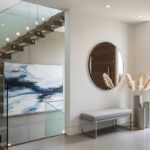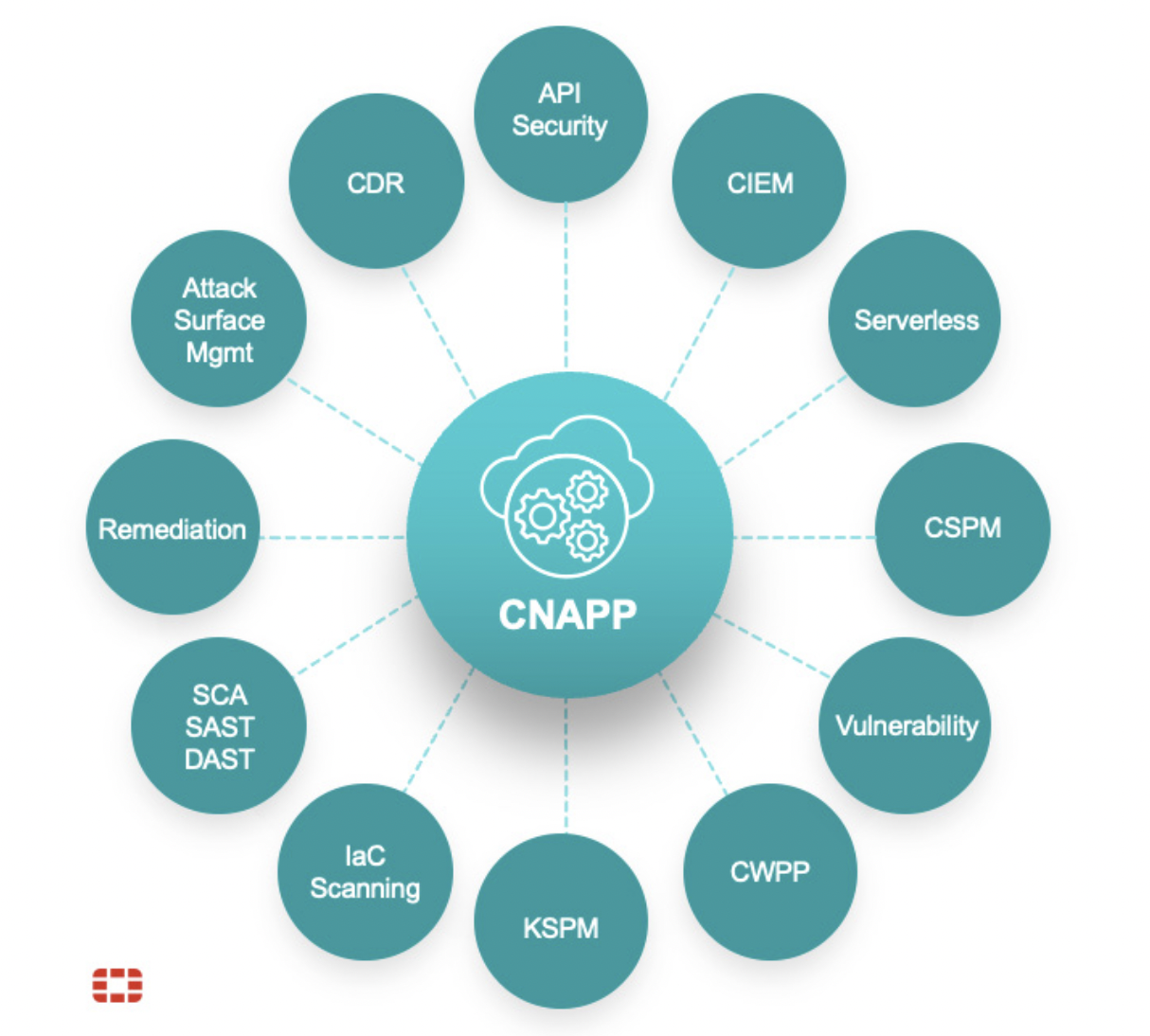Venison founder Amber-Imrie Situnayake recently launched Critique Club, a series of meet-ups for professional artists to engage in thoughtful critique sessions and receive invaluable feedback. Venison artists Danielle Schlunegger, Clare Szydlowski, Adriana Villagran, and of course Amber herself were the first to participate. The following article written by Adriana Villagran discusses the structure and goals of Critique Club, what the artists got out of it and the value of honest, critical discussion and feedback in an artist’s practice.
I was in the ruttiest of ruts. My artwork was beginning to look the same. Things were getting dry and boring. I kept getting rejections from galleries, exhibits, publications, the list goes on. I was all-in-all unsure about what I was doing and making. At one point or another, every artist can commiserate about this feeling. When you question every move you make and whether or not it’s even worth making.
Why do I keep making this stuff? Is it art or is it just nonsense? Why am I spending all this money on oil paint? And Holy Shit! That artist is amazing why am I even trying?
This isn’t new. It’s a constant buzzing bee in every artist’s ear. Or at least it should be. It keeps you on your toes. It keeps you testing your boundaries and trying to find answers to the tough questions (hopefully).
Sometimes though, it’s easy to let these thoughts get the better of you. Perhaps you didn’t apply for that exhibit because you didn’t think your work was strong enough. Maybe you let the rejection letter from an awesome residency that you wanted so badly weigh a little heavy on your heart. There’s a lot of nay-saying out there and the last voice you want to hear that from is your own.
So how do we combat this? How do we keep some perspective and keep plugging at it? Venison founder Amber Imrie-Situnayake recently launched a Critique Club series that provides a forum for answering these tough questions. She invited Venison artists Danielle Schlunegger, Clare Szydlowski, and myself to participate in the inaugural round.
Meet-and-Greet: First Introductions
We started off with a Meet-and-Greet during which we introduced ourselves and chit-chatted over wine, hummus, and some delectable goat cheese. Everyone took a turn and spoke about what their goals were for the duration of the critique session and showed three pieces as examples of their practice: one past, one present, and one future inspiration. After the initial session, we all had a pretty good idea of what the others were looking for, where they wanted to see improvement, and what questions they needed answered. This first session revealed that none of us felt 100% confident about our work. Nobody came out of the gate feeling like they really had everything under control. We were all just scrambling to make the ends meet and this realization was very comforting.
The Feedback Loop
After the initial Meet-and-Greet, it was time for the nitty-gritty. Two artists shared a day, with one hour of critique and discussion focused on each of their work, separated by a short break for more wine. We delved deep into artist statements, residency proposals, in-progress works, art experiments, material tests, studio visits, future aspirations and project plans, and of course more goat cheese. There was a constant stream of suggestions, ideas and resource sharing, analysis, and thoughtful questions (ones that didn’t have simple answers). It wasn’t about whether the piece or proposal was good or bad, but what was needed to make it better. Clare Szydlowski puts it better than me:
“This critique class is not about judging good/bad. It is about finding what is interesting about the work- what is profound and pointing that out, it is about helping you work through a technical issue you are facing, brainstorming and problem solving together by pooling expertise and resources, it is about sharing resources and experiences and deepening everyone’s engagement with the work.”
Each artist received individualized attention from their peers. Like many of us who felt disillusioned by the less-than-satisfactory critiques they had in school, the Critique Club was a breath of fresh air. Nobody was unnecessarily harsh or took tangents that led nowhere. Quite the opposite, in fact. Even the tangents were relevant. What I discovered was that all the thoughts I was having (i.e. self-doubt, curiosity, questions) were not crazy, but simply misguided. The Critique Club artists helped me to understand these uncertainties, put them into context, and discover ways in which to progress my work forward.










